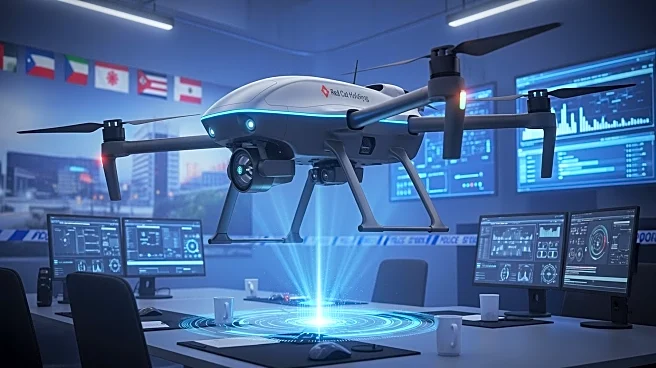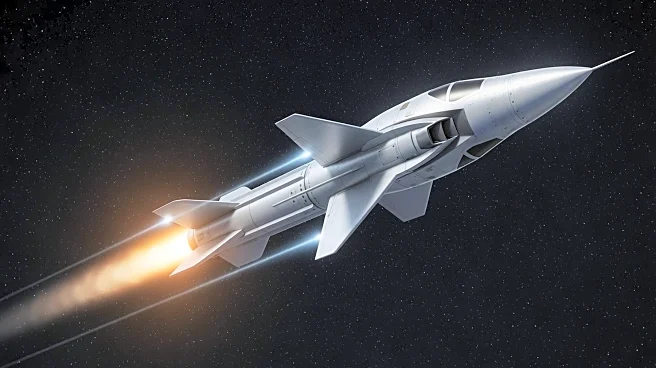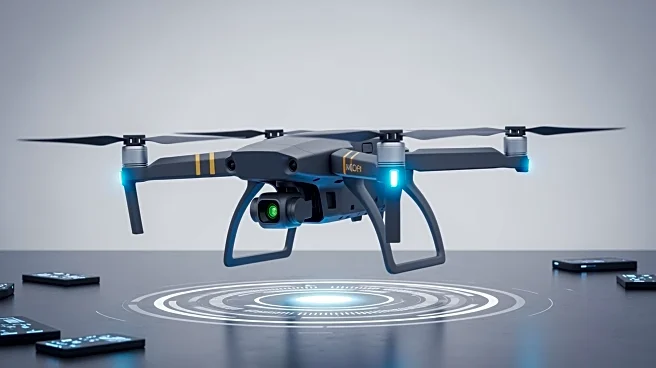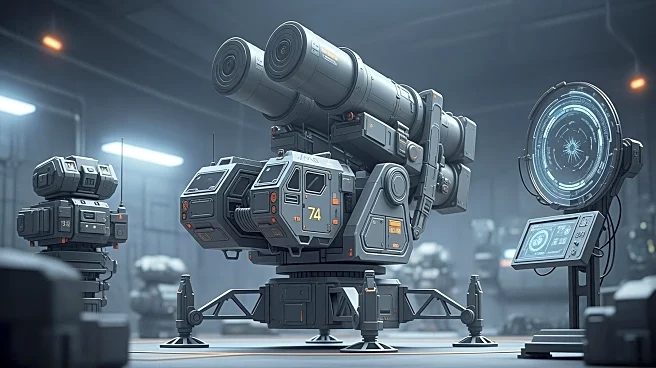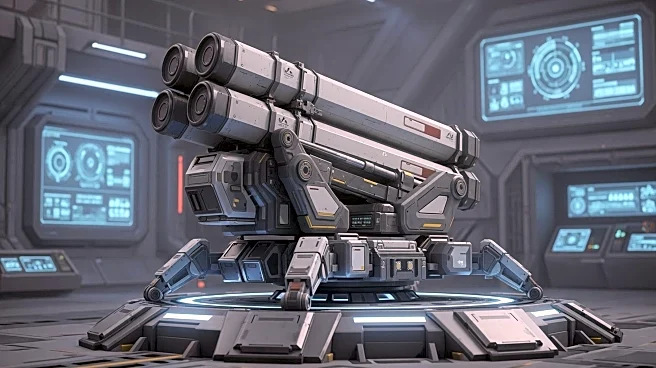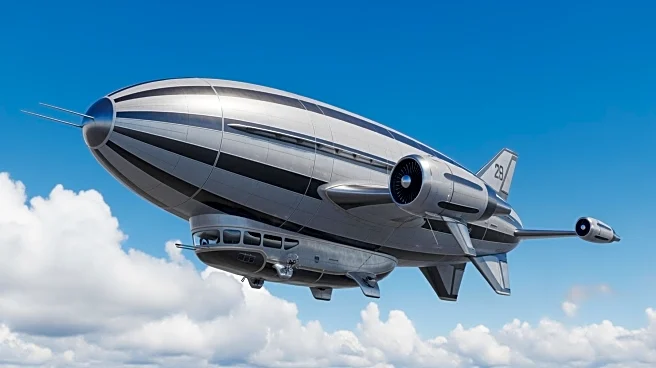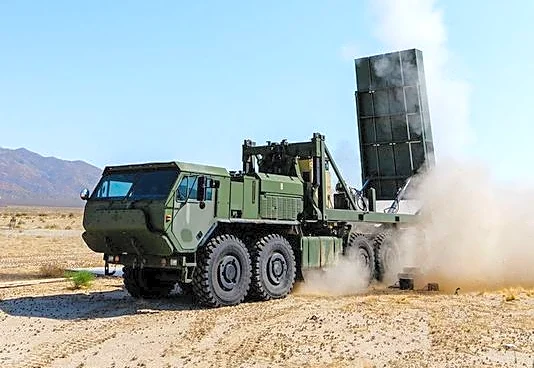What's Happening?
Red Cat Holdings, a developer of aerial intelligence technologies, has partnered with AeroVironment to deploy FANG FPV drones from AeroVironment's P550 autonomous all-electric Group 2 eVTOL UAS. This collaboration
aims to demonstrate interoperability between Group 2 and FPV-class systems, extending the operational range of FANG drones through aerial deployment. The initiative combines long- and short-range ISR capabilities within a single mission, leveraging the P550's Modular Open Systems Architecture (MOSA) to enhance operational reach and flexibility. The FANG FPV drone, part of the Arachnid Family of Systems, is designed for ISR and tactical missions, providing situational awareness Beyond Visual Line of Sight (BVLOS) when deployed from the P550.
Why It's Important?
This collaboration between Red Cat Holdings and AeroVironment is significant as it showcases the potential for modular, interoperable technologies to enhance operational capabilities in defense applications. By integrating small, agile systems like the FANG FPV drone with long-endurance platforms such as the P550, the partnership aims to create greater reach, responsiveness, and mission versatility. This development aligns with the U.S. Army's vision for scalable, multi-echelon operations, potentially benefiting U.S. and allied defense forces by improving decision-making and situational awareness in tactical environments.
What's Next?
Red Cat and AeroVironment are working on engineering, interface, and control requirements to enable the deployment concept of FANG drones from the P550. Teams are conducting design and compatibility work in preparation for future demonstrations, which will highlight how modular systems can enhance mission flexibility. These efforts may lead to further advancements in unmanned systems capabilities, supporting the evolving needs of defense forces.
Beyond the Headlines
The collaboration reflects a broader trend in defense technology towards modular and interoperable systems, which can adapt to various mission requirements. This approach not only enhances operational flexibility but also supports the integration of emerging technologies, such as AI-enabled autonomy, into existing defense frameworks. The partnership may influence future defense procurement strategies, emphasizing the importance of adaptable and scalable solutions.
